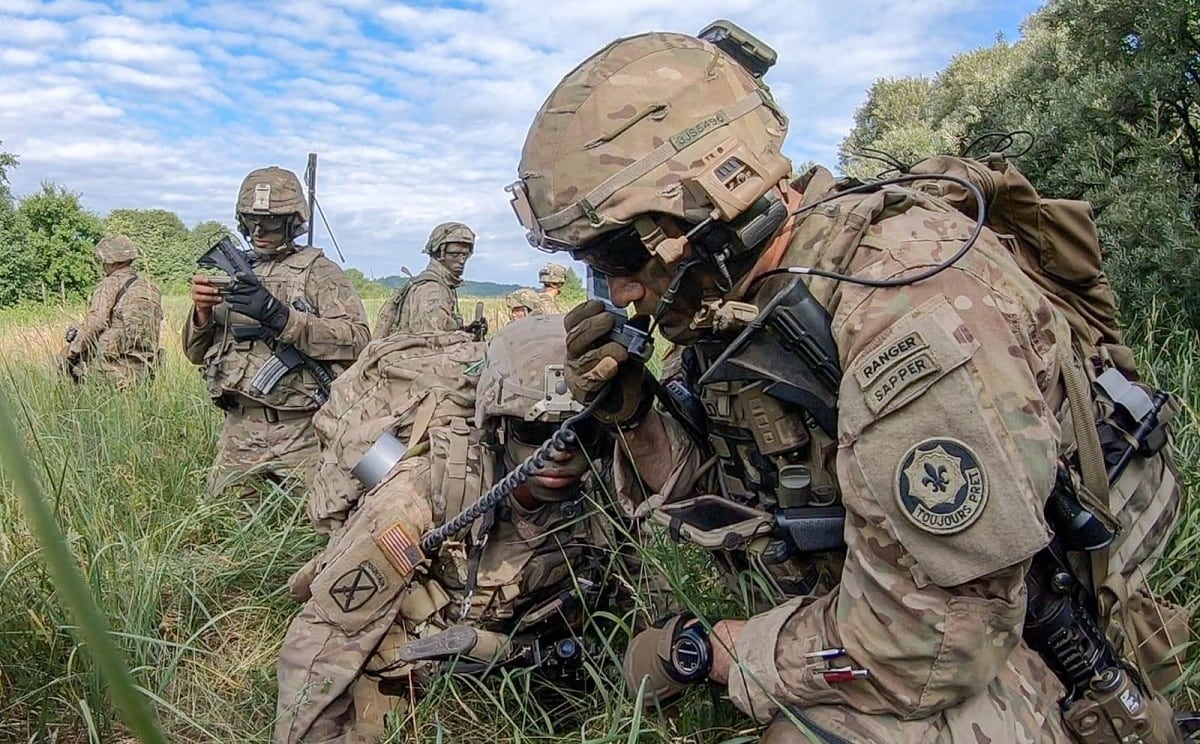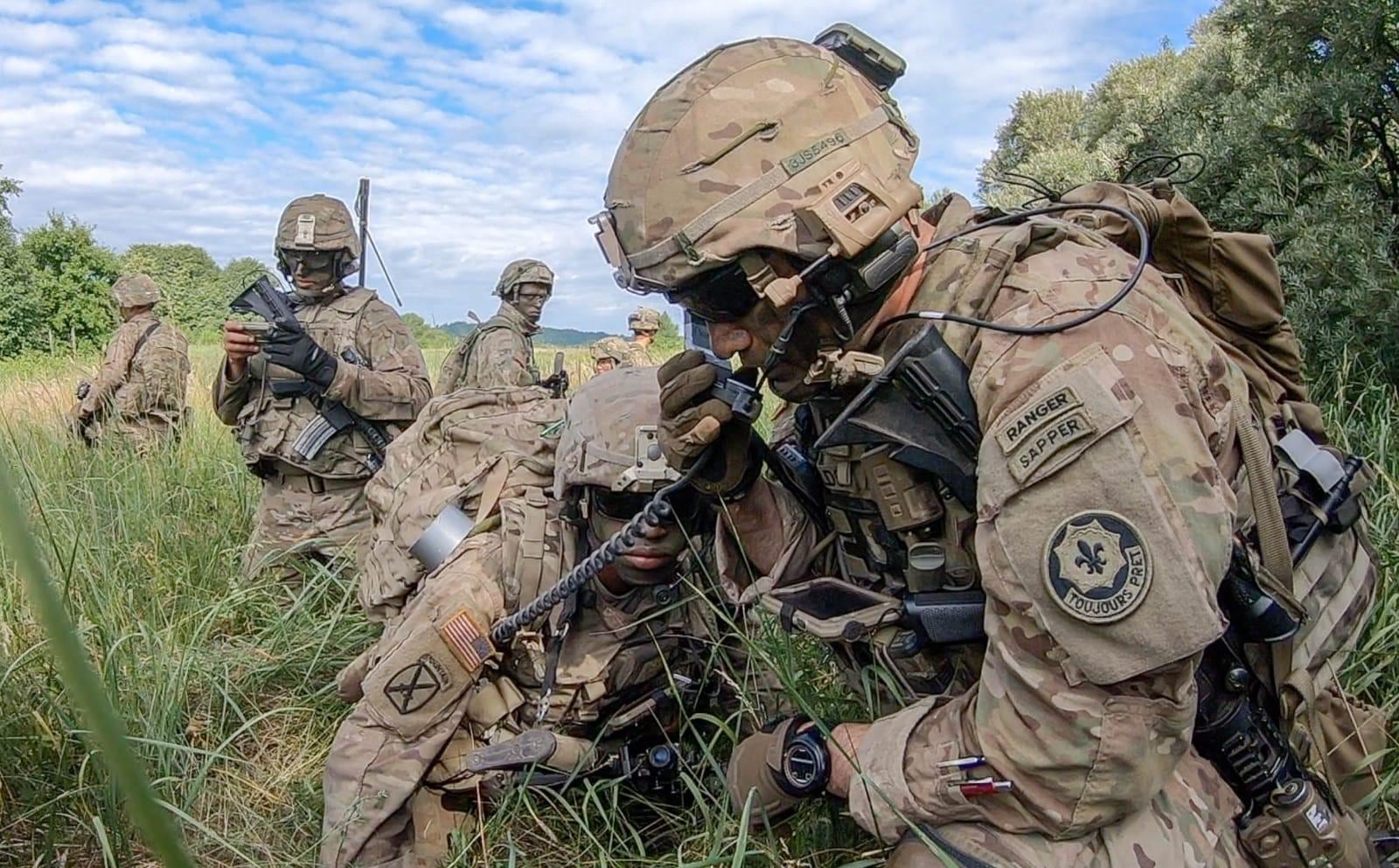One piece of kit that’s currently under development might not seem, at first glance, like something that most infantry and close combat troops would put at the top of their list. But they should.
That’s because the Adaptive Squad Architecture program is an effort to tie together all of the current and future tech soldiers wear or carry and more.
Program Executive Office Soldier gave hints at the ASA program’s early goals last year but more fully fleshed out what it all means for the soldier squad and larger Army in an industry and media unveiling in August.
Brig. Gen. Anthony Potts, PEO Soldier commander, pushed industry leaders and companies to find ways to create the right interfaces and built applications to make this pending piece of gear more capable now and in the future.
RELATED

What the ASA will do is manage power and signals, and network what a soldier sees from their goggle to their weapon to their radio and what they’re linked into both within and outside of the squad.
And it means more than just what that soldier can see. It has effects on what their commanders can do, too.
“We give commanders more options than they ever had before,” Potts said. That’s because through the data analysis a commander can best spread the load of equipment through the formations and account for the flood of variables that face the soldier and squad.
The ASA system won’t just link together the equipment, it can also gauge the soldier specifically.
As the Army’s human performance measurements improve, commanders will be able to get near-instant feedback on a soldier’s biometrics, from heart rate to hydration levels to eye tracking to evaluate tiredness.
Essentially, ASA becomes kind of a smartphone hub for the soldier and squad that can take on applications, algorithms and other measures to not just evaluate but also improve performance.
PEO Soldier will soon launch “Watchtower,” an Army app story similar to what smartphone users access. Within that, a lot of experimentation can take place, and leaders can tailor apps to their unit configurations and specific missions.
An example that Potts gave was soldier load.
Future ammunition is expected to be lighter. So, the commander has a decision to make: carry the same weight but with more rounds, or reduce the weight to the rounds they’ve always carried, keeping fatigue down and performance up?
The system can also use seemingly endless data to see if different weapons systems or communications gear match up, are redundant or ineffective.
Does the squad leader need an M4 or an M249, based on the mission? Does the squad need to carry HF communications gear or can it make do on this mission with satellite and VHF comms only? Those are some examples that the data can help mission planners explore.
And beyond the squad, the aim is to have ASA “talk” wirelessly with platforms that the soldiers are riding in, from Bradleys and Strykers to new helicopters and future vehicles. Developers envision a day when the soldier boards a chopper or vehicle and the systems automatically start charging batteries and uploading their data while downloading new information from the larger network.
ASA would be the central node in that same scenario. An early version is expected for delivery by 2021.
Todd South has written about crime, courts, government and the military for multiple publications since 2004 and was named a 2014 Pulitzer finalist for a co-written project on witness intimidation. Todd is a Marine veteran of the Iraq War.




